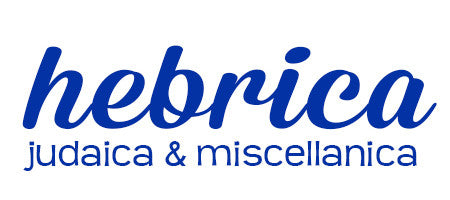 Probably lots of us have been to a "women's seder;" I've always been leery of gender-divided activities (how would women feel about a men's seder?). Often, there will be an orange on the seder plate, owing to an apochryphal but persistent story: supposedly a traditional rabbi said a woman belongs on the bimah like an orange belongs on a seder plate. In reality, the orange came to be used by Susannah Heschel to represent inclusion - not separateness - of gays and lesbians in Judaism.When I first heard the legend (rather than the fact), I was moved to create this illustration, "Miriam's Seder." Having converted to Judaism in the Reform movement, inclusion of women (my rabbi is a woman) isn't so much of an issue. Nor is the inclusion of gay folk; the Reform movement even has a transgender rabbi. So why all the schtuss?
Probably lots of us have been to a "women's seder;" I've always been leery of gender-divided activities (how would women feel about a men's seder?). Often, there will be an orange on the seder plate, owing to an apochryphal but persistent story: supposedly a traditional rabbi said a woman belongs on the bimah like an orange belongs on a seder plate. In reality, the orange came to be used by Susannah Heschel to represent inclusion - not separateness - of gays and lesbians in Judaism.When I first heard the legend (rather than the fact), I was moved to create this illustration, "Miriam's Seder." Having converted to Judaism in the Reform movement, inclusion of women (my rabbi is a woman) isn't so much of an issue. Nor is the inclusion of gay folk; the Reform movement even has a transgender rabbi. So why all the schtuss?
It wasn't always so. While studying in the pararabbinical program at Hebrew Union College in Cincinnati, we stayed in some dorms built for rabbinical students; there was no bathroom marked for women, so someone had written "WO" in front of the "MEN" on the doors. Sally Priesand was trained and ordained by that institution in 1972, when I was in high school. Today, acceptance of women in leadership roles, or of gays and lesbians at all, cannot be assumed across the spectrum of Jewish practice.
There is no separate-but-equal, there is only equal. But special seders can highlight the idea that there may differences between people and every person should be valued equally. On this Passover in the year 5775, may we remember that the "other" might just be us, and that we have all been strangers somewhere, and that we can all be delivered from the bondage of discrimination.
Ken y'hi ratzon.
For more information about inclusiveness within Judaism, please visit Keshet.

Kim Phillips is a Jewish artist, teacher and pararabbinic who frequently gives workshops and artist-in-residence programs using Jewish papercut art to illuminate sacred Jewish texts. To ask about an event for your synagogue, sisterhood, JCC or religious school, click here.
